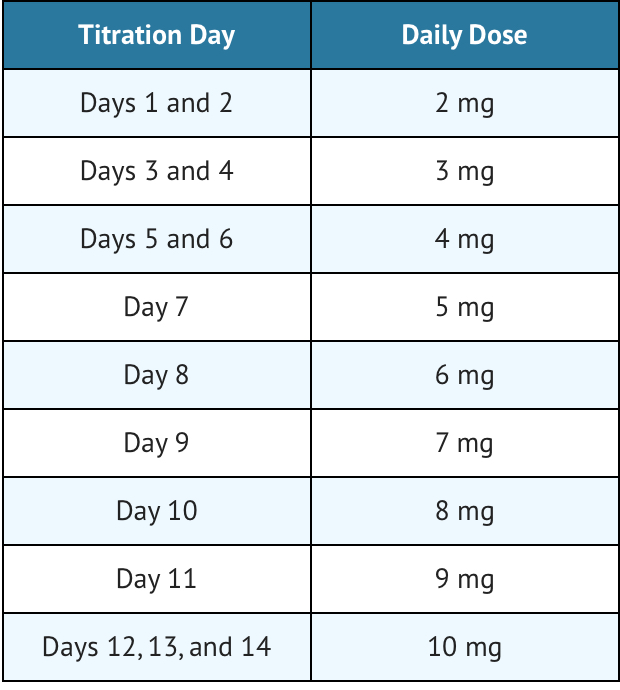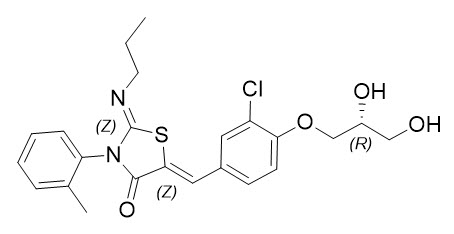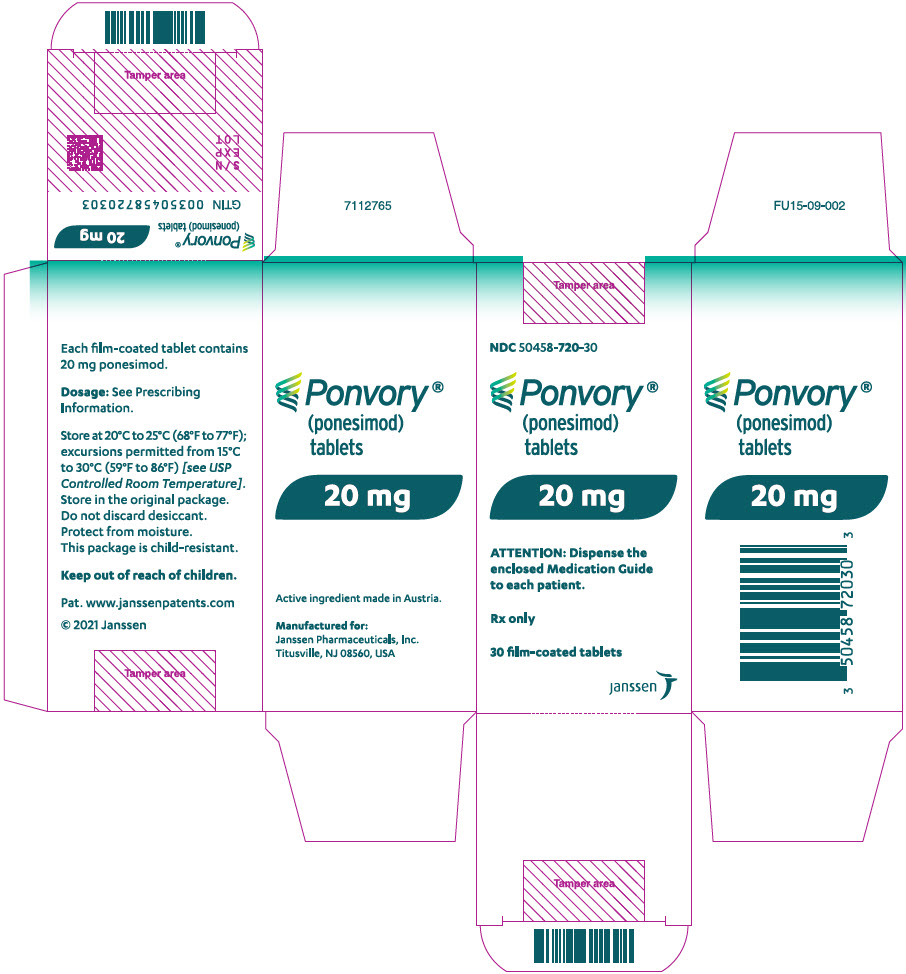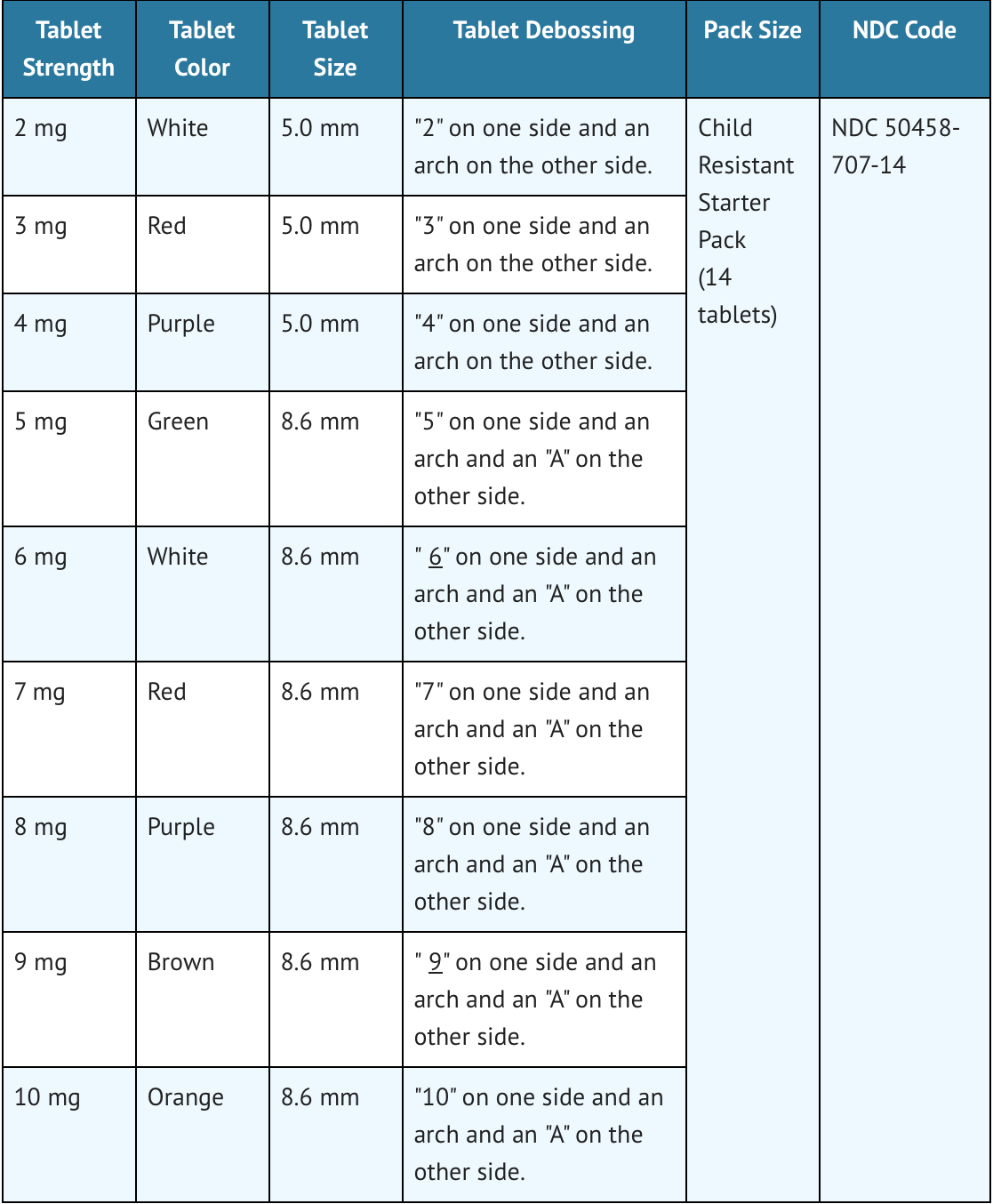Ponesimod
Editor-In-Chief: C. Michael Gibson, M.S., M.D. [1]; Associate Editor(s)-in-Chief: Kosar Doraghi, M.D.[2]
Kosar Doraghi, M.D.
Current Position
Associate Editor-in-Chief, Beth Israel Deaconess Medical Center by Harvard Medical School, Boston, Massachusetts, USA, WikiDoc Scholar
Pages Authored/Co-authored/Collaborated
- NEXOBRID
- RELYVRIO
- Deucravacitinib
- Ublituximab-xiiy
- futibatinib
- Tapinarof
- Spevigo- spesolimab-sbz
- Vericiguat
- Dasiglucagon
- Ponesimod
- Lasmiditan
- Nirogacestat
- Nedosiran
- Ryzneuta
- Endocarditis overview
- Sparsentan
Disclaimer
WikiDoc MAKES NO GUARANTEE OF VALIDITY. WikiDoc is not a professional health care provider, nor is it a suitable replacement for a licensed healthcare provider. WikiDoc is intended to be an educational tool, not a tool for any form of healthcare delivery. The educational content on WikiDoc drug pages is based upon the FDA package insert, National Library of Medicine content and practice guidelines / consensus statements. WikiDoc does not promote the administration of any medication or device that is not consistent with its labeling. Please read our full disclaimer here.
Black Box Warning
|
Warning: Infections, Bradyarrhythmia, Liver Injury, Fetal Risk
See full prescribing information for complete Boxed Warning.
Infections: PONVORY may heighten infection risk. Obtain a complete blood count (CBC) before starting treatment and monitor for infections during and after discontinuation.
|
Overview
Ponesimod is a sphingosine 1-phosphate receptor modulator that is FDA approved for the treatment of relapsing forms of multiple sclerosis (MS), to include clinically isolated syndrome, relapsing-remitting disease, and active secondary progressive disease, in adults. There is a Black Box Warning for this drug as shown here. Common adverse reactions include upper respiratory tract infection, hepatic transaminase elevation, and hypertension.
Adult Indications and Dosage
FDA-Labeled Indications and Dosage (Adult)
Assessments are required prior to initiating PONVORY:
- Complete Blood Count
- Cardiac Evaluation
- Liver Function Tests
- Ophthalmic Evaluation
- Current or Prior Medications with Immune System Effects
- VZV vaccination of antibody-negative patients is recommended prior to commencing treatment with PONVORY
Titration is required for treatment initiation. The recommended maintenance dosage is 20 mg taken orally once daily. First-dose monitoring is recommended for patients with sinus bradycardia, first- or second-degree Mobitz type I atrioventricular (AV) block, or a history of myocardial infarction or heart failure.
- Tablets: 2 mg, 3 mg, 4 mg, 5 mg, 6 mg, 7 mg, 8 mg, 9 mg, 10 mg, and 20 mg
Off-Label Use and Dosage (Adult)
Pediatric Indications and Dosage
FDA-Labeled Indications and Dosage (Pediatric)
There is limited information regarding Ponesimod FDA-Labeled Indications and Dosage (Pediatric) in the drug label.
Off-Label Use and Dosage (Pediatric)
Contraindications
There is limited information regarding Ponesimod Contraindications in the drug label.
Warnings
|
Warning: Infections, Bradyarrhythmia, Liver Injury, Fetal Risk
See full prescribing information for complete Boxed Warning.
Infections: PONVORY may heighten infection risk. Obtain a complete blood count (CBC) before starting treatment and monitor for infections during and after discontinuation.
|
- Infections
PONVORY increases infection susceptibility due to lymphocyte count reduction. Delay treatment initiation in active infections and monitor lymphocyte count. Herpes viral infections, including encephalitis, have been reported. Cases of fatal cryptococcal meningitis have been observed; vigilance is required. Progressive multifocal leukoencephalopathy (PML) risk necessitates vigilant monitoring. Caution advised with concurrent use of immunosuppressive therapies.
- Bradyarrhythmia and Atrioventricular Conduction Delays
Titrate PONVORY dosage to manage transient heart rate and AV conduction delays. Monitor cardiac function, especially in patients with preexisting conduction abnormalities. Seek cardiologist advice for patients with significant risk factors. Initial dose titration and first-dose monitoring recommended.
- Respiratory Effects
PONVORY may cause dose-dependent reductions in lung function. Spirometry should be performed if clinically indicated. Caution advised in patients with severe respiratory diseases.
- Liver Injury
Transaminase elevations may occur; monitor hepatic function. Discontinue if significant liver injury is confirmed. Caution in patients with moderate to severe hepatic impairment.
- Increased Blood Pressure
Monitor blood pressure regularly during treatment. Hypertension reported; manage appropriately.
- Cutaneous Malignancies
Periodic skin examinations recommended due to reported skin malignancies. Limit sun exposure and promptly evaluate suspicious lesions.
- Fetal Risk
PONVORY may cause fetal harm; effective contraception advised during and after treatment.
- Macular Edema
Increased risk of macular edema observed; ophthalmic evaluation recommended before treatment. Caution in patients with a history of uveitis or diabetes mellitus.
- Posterior Reversible Encephalopathy Syndrome
Rare cases reported; prompt evaluation and discontinuation if suspected.
- Unintended Additive Immunosuppressive Effects
Consideration needed when switching from prior immune-modulating therapies.
- Severe Increase in Disability After Stopping PONVORY
Monitor for exacerbation of disease upon discontinuation, especially in the setting of PML.
- Immune System Effects After Stopping PONVORY
Residual pharmacodynamic effects may persist for 1 to 2 weeks after discontinuation.
Adverse Reactions
Clinical Trials Experience
- Infections: Increased risk; monitor closely; delay treatment in active infections.
- Bradyarrhythmia and Atrioventricular Conduction Delays
- Respiratory Effects
- Liver Injury
- Increased Blood Pressure: Regularly monitor blood pressure during treatment.
- Cutaneous Malignancies: Conduct periodic skin examinations; evaluate suspicious lesions promptly.
- Fetal Risk: Use effective contraception during and after treatment due to potential fetal harm.
- Macular Edema
- Posterior Reversible Encephalopathy Syndrome: Promptly evaluate any neurological symptoms and discontinue if suspected
- Unintended Additive Immunosuppressive Effects: Consider potential immune effects when switching from prior therapies.
- Increase in Disability After Stopping PONVORY: Monitor for exacerbation of disease upon discontinuation.
- Immune System Effects After Stopping PONVORY: Be aware of residual effects after discontinuation for 1 to 2 weeks.
Postmarketing Experience
There is limited information regarding Ponesimod Postmarketing Experience in the drug label.
Drug Interactions
- Anti-Neoplastic, Immune-Modulating, or Immunosuppressive Therapies: Caution needed due to potential additive immune effects; consider characteristics and duration of prior therapy when switching.
- Anti-Arrhythmic Drugs, QT Prolonging Drugs, Drugs that may Decrease Heart Rate: Caution advised with concurrent use; seek cardiologist advice; avoid initiation with QT prolonging drugs or heart rate-lowering medications.
- Beta-Blockers: Use caution; consider temporary interruption of beta-blocker treatment before initiation of PONVORY.
- Vaccination: Vaccines may be less effective during and after PONVORY treatment; avoid live attenuated vaccines during treatment and for up to 1 to 2 weeks after discontinuation.
- Strong CYP3A4 and UGT1A1 Inducers: Concomitant use not recommended due to potential decrease in ponesimod systemic exposure.
Use in Specific Populations
Pregnancy
Pregnancy Category (FDA): D
an increased incidence of human fetal malformations or irreversible damage.
Women of childbearing potential should use effective contraception during and for 1 week after stopping PONVORY.
Pregnancy Category (AUS):
There is no Australian Drug Evaluation Committee (ADEC) guidance on usage of Ponesimod in women who are pregnant.
Labor and Delivery
There is no FDA guidance on use of Ponesimod during labor and delivery.
Nursing Mothers
There is no FDA guidance on the use of Ponesimod in women who are nursing.
Pediatric Use
There is no FDA guidance on the use of Ponesimod in pediatric settings.
Geriatic Use
Clinical trials of PONVORY did not involve individuals aged 65 and older, so it's unclear if this demographic responds differently compared to younger patients. Therefore, caution is advised when prescribing PONVORY to elderly patients due to the higher likelihood of reduced liver, kidney, or heart function, as well as the increased prevalence of other health conditions or concurrent medication use in this population.
Gender
There is no FDA guidance on the use of Ponesimod with respect to specific gender populations.
Race
There is no FDA guidance on the use of Ponesimod with respect to specific racial populations.
Renal Impairment
There is no FDA guidance on the use of Ponesimod in patients with renal impairment.
Hepatic Impairment
PONVORY is not recommended in patients with moderate or severe hepatic impairment (Child-Pugh class B and C, respectively), as the risk of adverse reactions may be greater.
Females of Reproductive Potential and Males
Women of childbearing potential should use effective contraception during and for 1 week after stopping PONVORY.
Immunocompromised Patients
There is no FDA guidance one the use of Ponesimod in patients who are immunocompromised.
Administration and Monitoring
Administration
Before initiating treatment with PONVORY, several assessments and precautions are recommended:
- Complete Blood Count (CBC): Obtain a recent CBC, including lymphocyte count, within the last 6 months or after discontinuation of prior multiple sclerosis (MS) therapy.
- Cardiac Evaluation: Conduct an electrocardiogram (ECG) to detect preexisting conduction abnormalities. Seek advice from a cardiologist if necessary, especially for patients with specific preexisting conditions. First-dose monitoring is recommended for certain patients.
- Medication Review: Assess whether patients are taking medications that could slow heart rate or atrioventricular (AV) conduction.
- Liver Function Tests: Obtain recent transaminase and bilirubin levels within the last 6 months.
- Ophthalmic Evaluation: Evaluate the fundus, including the macula.
Current or Prior Medications with Immune System Effects: Consider potential additive *immunosuppressive effects for patients taking certain medications affecting the immune system.
- Vaccinations: Test patients for varicella zoster virus (VZV) antibodies before starting PONVORY, and consider VZV vaccination for antibody-negative patients before treatment initiation. Administer live attenuated vaccines at least 1 month before starting PONVORY.
- Recommended Dosage:


Maintenance Dosage: After completing dose titration, administer 20 mg of PONVORY orally once daily starting on Day 15.
- Treatment Initiation: Use a starter pack for the 14-day titration period, starting with 2 mg orally once daily and increasing as per the titration schedule.
The titration schedule progresses from 2 mg to 10 mg over 14 days, followed by the maintenance dose of 20 mg.
- If dose titration is interrupted, follow missed dose instructions.
First Dose Monitoring in Patients with Certain Preexisting Cardiac Conditions:
- For patients with certain cardiac conditions, such as sinus bradycardia, AV block, or a history of myocardial infarction or heart failure, monitor closely for 4 hours after the first dose.
- Monitor for signs of bradycardia, and obtain ECGs before dosing and at the end of the observation period.
Monitoring
Continue monitoring if abnormalities persist, and seek appropriate management for symptomatic bradycardia or other conduction-related symptoms. It's essential to seek advice from a cardiologist for determining the appropriate monitoring strategy, especially for patients with specific cardiac conditions or receiving concurrent therapy affecting heart rate or AV conduction. If interruption of PONVORY treatment occurs, especially during titration:
- If fewer than 4 consecutive doses are missed:
During titration: Resume treatment with the first missed titration dose and continue the titration schedule from that point. During maintenance: Resume treatment with the maintenance dosage. If 4 or more consecutive doses are missed during titration or maintenance: Restart treatment with Day 1 of the titration regimen using a new starter pack. If reinitiating treatment with Day 1 of the titration regimen using a new starter pack, ensure that first-dose monitoring is completed in patients for whom it is recommended.
IV Compatibility
There is limited information regarding the compatibility of Ponesimod and IV administrations.
Overdosage
Overdose of PONVORY, especially during treatment initiation or restart, may lead to bradycardia (slow heart rate) and atrioventricular (AV) conduction blocks. Close monitoring for these signs and symptoms is crucial, including overnight observation if necessary. Regular monitoring of pulse rate, blood pressure, and ECGs (electrocardiograms) is essential.
- Treatment:
There is no specific antidote for ponesimod, the active ingredient in PONVORY, and methods like dialysis or plasma exchange are ineffective in removing it from the body. Atropine can be used to reverse the decrease in heart rate caused by PONVORY in cases of overdose. If an overdose occurs, PONVORY should be discontinued, and supportive treatment should be administered until clinical toxicity resolves. It is recommended to contact a poison control center for the most up-to-date guidance on managing PONVORY overdose.
Pharmacology
There is limited information regarding Ponesimod Pharmacology in the drug label.
Mechanism of Action
Ponesimod is a sphingosine 1-phosphate (S1P) receptor 1 modulator that binds with high affinity to S1P receptor 1. blocks the capacity of lymphocytes to egress from lymph nodes, reducing the number of lymphocytes in peripheral blood. The mechanism by which ponesimod exerts therapeutic effects in multiple sclerosis is unknown, but may involve reduction of lymphocyte migration into the central nervous system.
Structure
PONVORY (ponesimod) is a sphingosine 1-phosphate receptor modulator. The chemical name for ponesimod is (2 Z,5 Z)-5-3-chloro-4-(2 R)-2,3-dihydroxypropoxy]benzylidene-3-(2-methylphenyl)-2-(propylimino)-1,3-thiazolidin-4-one. It has one chiral center with absolute configuration of (R). Its molecular formula is C 23H 25ClN 2O 4S and its molecular weight is 460.97 g/mol. Ponesimod has the following structural formula:

- Ponesimod is a white to light yellowish powder that is practically insoluble or insoluble in water.
- PONVORY is provided as 2 mg, 3 mg, 4 mg, 5 mg, 6 mg, 7 mg, 8 mg, 9 mg, 10 mg, and 20 mg film-coated tablets for oral administration.
- Each tablet contains the following inactive ingredients: croscarmellose sodium, lactose monohydrate, magnesium stearate, microcrystalline cellulose, povidone K30, silica colloidal anhydrous, and sodium lauryl sulfate.
- Each tablet coating contains ferrosoferric oxide (included in 4 mg, 5 mg, 8 mg, and 9 mg film-coated tablets), hydroxypropyl methylcellulose 2910, iron oxide red (included in 3 mg, 4 mg, 7 mg, 8 mg, 9 mg, and 10 mg film-coated tablets), iron oxide yellow (included in 3 mg, 5 mg, 7 mg, 9 mg, 10 mg, and 20 mg film-coated tablets), lactose monohydrate, polyethylene glycol 3350, titanium dioxide, and triacetin.
Pharmacodynamics
PONVORY affects the immune system and heart function:
- Immune System: leads to a dose-dependent decrease in peripheral blood lymphocyte count, primarily affecting B cells and various T cell subsets.
Lymphocyte counts return to normal within 1 to 2 weeks after stopping therapy.
- Heart Rate and Rhythm:
PONVORY causes a temporary reduction in heart rate and delays in atrioventricular (AV) conduction, particularly at treatment initiation. Bradycardia and AV blocks may occur, especially within the first few hours post-dose. The effect diminishes with continued use, indicating tolerance. Atropine can reverse the decrease in heart rate induced by PONVORY. Co-administration with beta-blockers like propranolol may exacerbate the negative chronotropic effect on heart rate.
- Cardiac Electrophysiology:
PONVORY can prolong the QT interval, particularly at doses higher than the recommended maintenance dose. However, no subjects showed dangerous QT prolongation during treatment.
- Pulmonary Function:
- PONVORY can lead to dose-dependent reductions in forced expiratory volume in 1 second (FEV1) and forced vital capacity (FVC).
These effects are greater than those seen with placebo and can be reversed with short-acting beta2 agonists. It's important to monitor patients for these effects and manage them appropriately, particularly during treatment initiation and in individuals with preexisting cardiac or pulmonary conditions.
Pharmacokinetics
Absorption: PONVORY is rapidly absorbed after oral administration, with peak plasma concentration reached in 2-4 hours. Its bioavailability is high (84%) and is not significantly affected by food intake. Distribution: PONVORY has a large volume of distribution and is highly bound to plasma proteins (>99%). It readily crosses the blood-brain barrier. Metabolism: PONVORY is extensively metabolized in the liver, with the main circulating component being unchanged drug. Two inactive metabolites (M12 and M13) are identified, but they do not affect S1P receptors at therapeutic concentrations. Metabolism involves both Cytochrome P450 (CYP) and non-CYP enzymes. Excretion: PONVORY and its metabolites are primarily eliminated through feces (57%-80%) and to a lesser extent in urine (10%-18%). Clearance is moderate, with an elimination half-life of approximately 33 hours.
Nonclinical Toxicology
There is limited information regarding Ponesimod Nonclinical Toxicology in the drug label.
Clinical Studies
There is limited information regarding Ponesimod Clinical Studies in the drug label.
How Supplied
Storage
- Starter Pack
Store at 20ºC to 25ºC (68ºF to 77ºF); excursions permitted from 15ºC to 30ºC (59ºF to 86ºF) [see USP Controlled Room Temperature]. Store in the original package.
- Maintenance Dose Bottle
Store at 20ºC to 25ºC (68ºF to 77ºF); excursions permitted from 15ºC to 30ºC (59ºF to 86ºF) [see USP Controlled Room Temperature].
- Store in the original package. Do not discard desiccant. Protect from moisture.
Images
Drug Images
{{#ask: Page Name::Ponesimod |?Pill Name |?Drug Name |?Pill Ingred |?Pill Imprint |?Pill Dosage |?Pill Color |?Pill Shape |?Pill Size (mm) |?Pill Scoring |?NDC |?Drug Author |format=template |template=DrugPageImages |mainlabel=- |sort=Pill Name }}
Package and Label Display Panel
{{#ask: Label Page::Ponesimod |?Label Name |format=template |template=DrugLabelImages |mainlabel=- |sort=Label Page }}
Patient Counseling Information
- Administration:
Instruct patients not to discontinue PONVORY without consulting their healthcare provider. If patients accidentally take more PONVORY than prescribed, advise them to contact their healthcare provider.
- Risk of Infections:
Inform patients about the increased risk of infections, some of which could be severe, while taking PONVORY and for a period after discontinuation. Advise patients to contact their healthcare provider if they develop symptoms of infection.
- Caution patients about the avoidance of live vaccines during treatment with PONVORY and recommend pausing treatment around the time of vaccination.
- Cardiac Effects:
Advise patients about the transient decrease in heart rate upon initiation of PONVORY treatment. Explain the importance of dose titration to reduce this effect. For patients with certain preexisting cardiac conditions, mention the need for observation for at least 4 hours after the first dose and after reinitiation if treatment is interrupted.
- Respiratory Effects:
Instruct patients to contact their healthcare provider if they experience new or worsening dyspnea.
- Liver Injury:
Inform patients about the potential for PONVORY to increase liver enzymes. Advise patients to report any unexplained symptoms such as nausea, vomiting, abdominal pain, fatigue, anorexia, jaundice, or dark urine.
- Cutaneous Malignancies:
Explain the increased risk of basal cell carcinoma associated with PONVORY use. Encourage patients to promptly report any suspicious skin lesions and to take measures to limit exposure to sunlight.
- Pregnancy and Fetal Risk:
Discuss the potential fetal harm with women of childbearing age. Emphasize the need for effective contraception during treatment with PONVORY and for a week after stopping it. Advise immediate reporting to the healthcare provider if pregnancy is suspected.
- Macular Edema:
Inform patients about the risk of macular edema and advise them to report any changes in vision. Posterior Reversible Encephalopathy Syndrome:
Educate patients about the symptoms of posterior reversible encephalopathy syndrome and stress the importance of immediate reporting. Severe Increase in Disability After Stopping PONVORY:
Advise patients about the possibility of severe disability worsening upon discontinuation of PONVORY. Immune System Effects After Stopping PONVORY:
Explain that PONVORY may continue to affect the immune system for 1 to 2 weeks after the last dose. By providing this detailed information, patients can better understand the benefits and risks associated with PONVORY and take appropriate actions during their treatment journey.

NDC 50458-707-14
Ponvory ® (ponesimod) tablets
14-day Starter Pack
This 14-day Starter Pack Contains: two 2 mg, two 3 mg, two 4 mg, one 5 mg, one 6 mg, one 7 mg, one 8 mg, one 9 mg, and three 10 mg tablets
ATTENTION: Dispense the enclosed Medication Guide to each patient.
Rx only
14 film-coated tablets
Precautions with Alcohol
Alcohol-Ponesimod interaction has not been established. Talk to your doctor regarding the effects of taking alcohol with this medication.
Brand Names
There is limited information regarding Ponesimod Brand Names in the drug label.
Look-Alike Drug Names
There is limited information regarding Ponesimod Look-Alike Drug Names in the drug label.
Drug Shortage Status
Price
References
The contents of this FDA label are provided by the National Library of Medicine.
